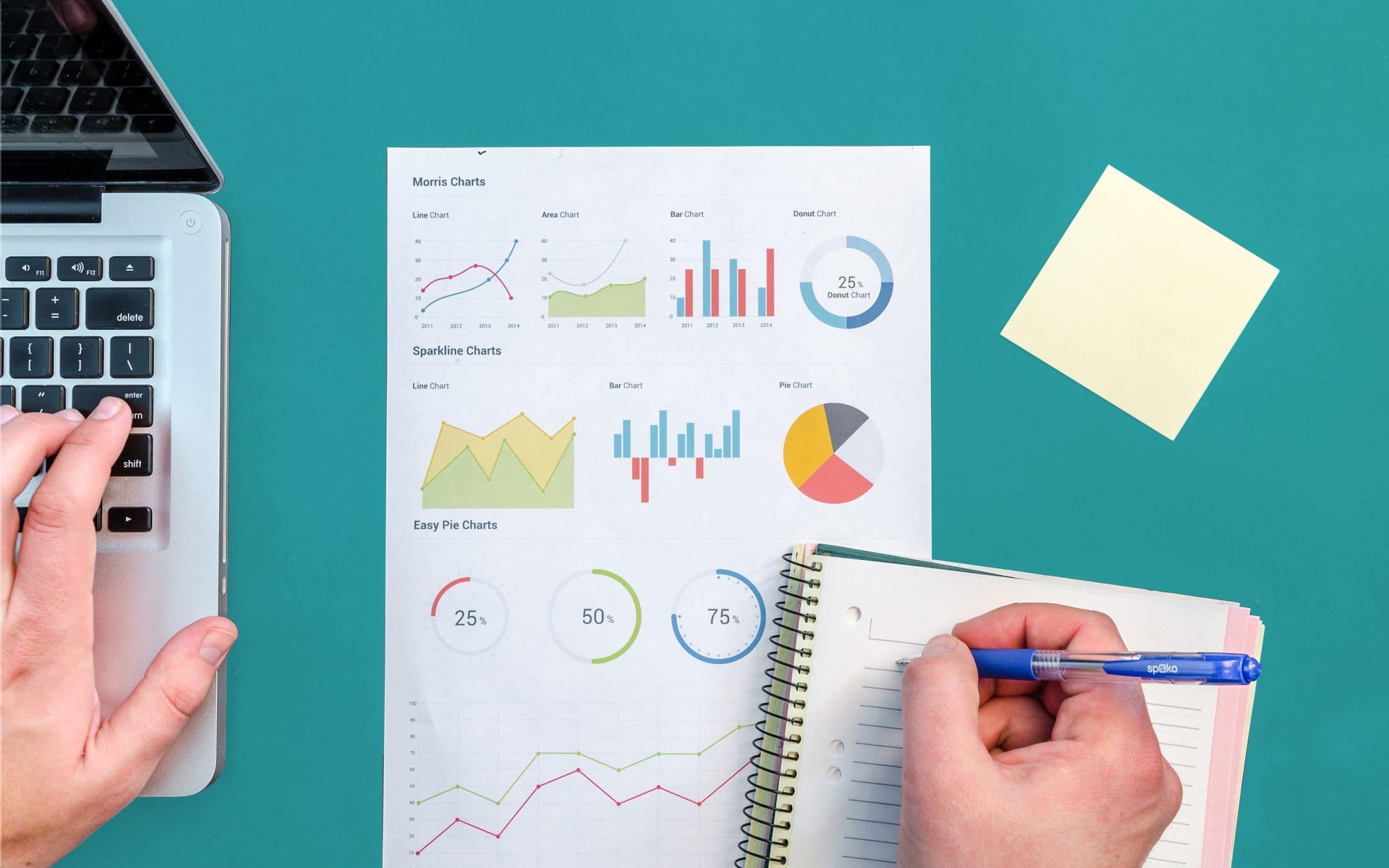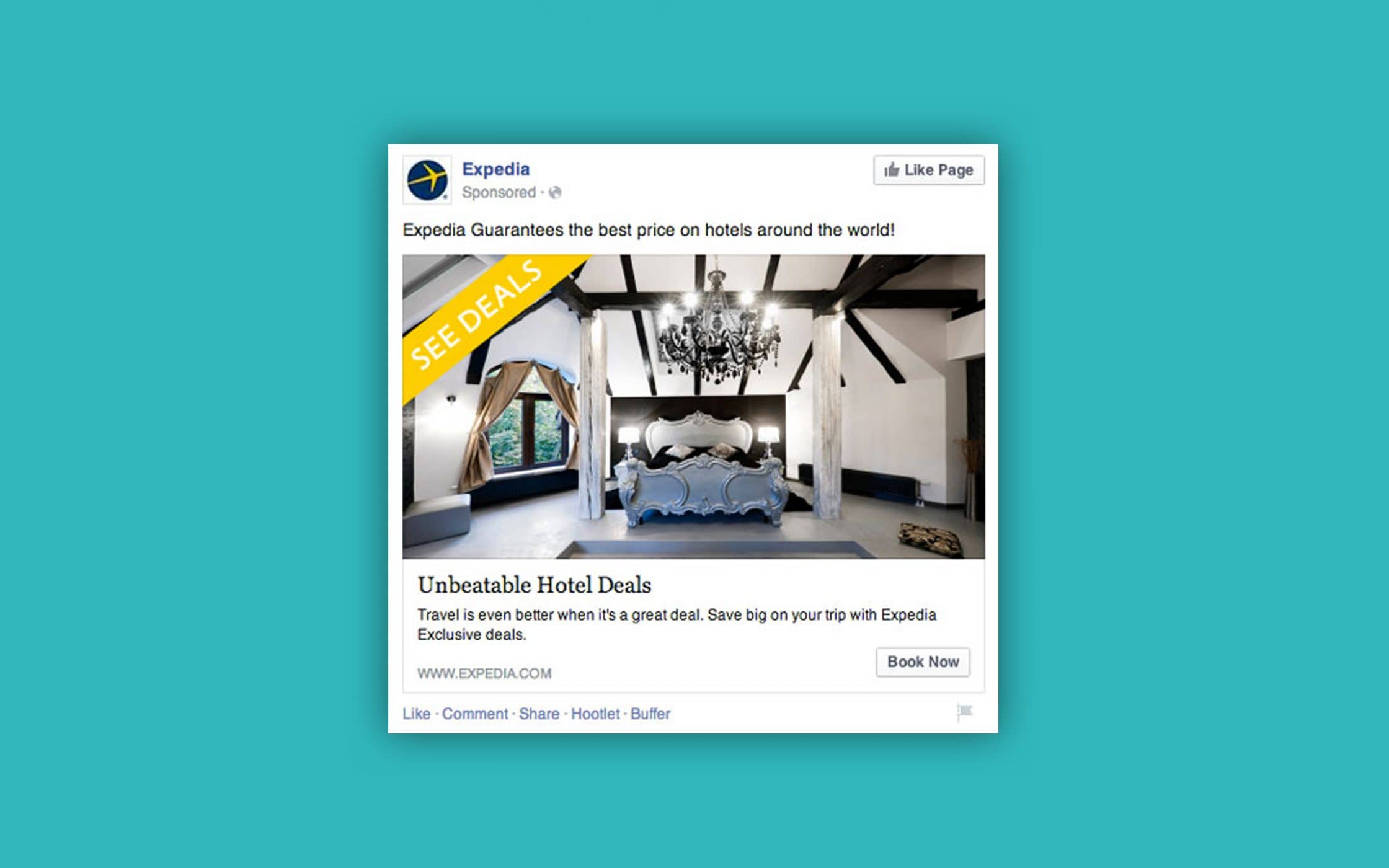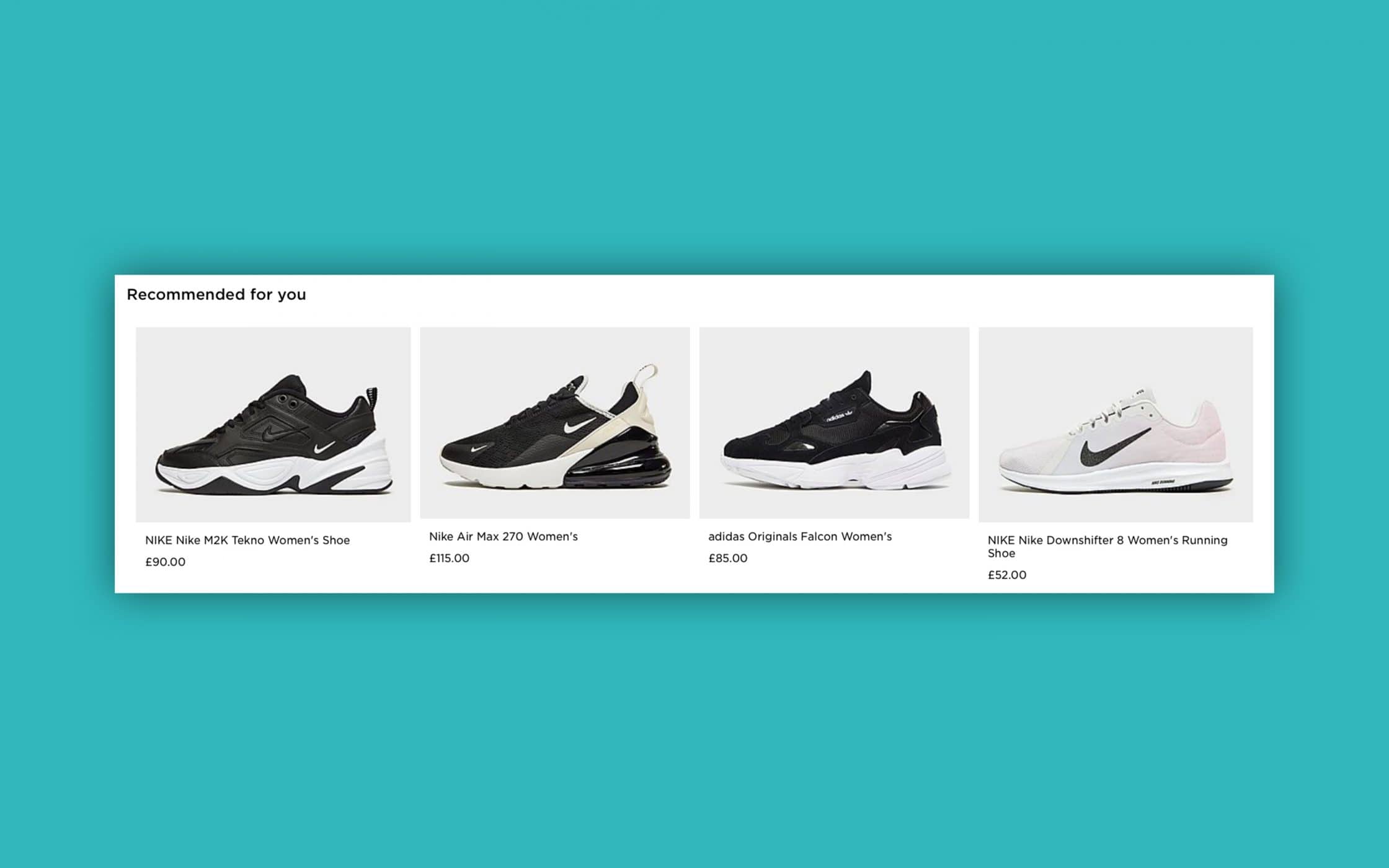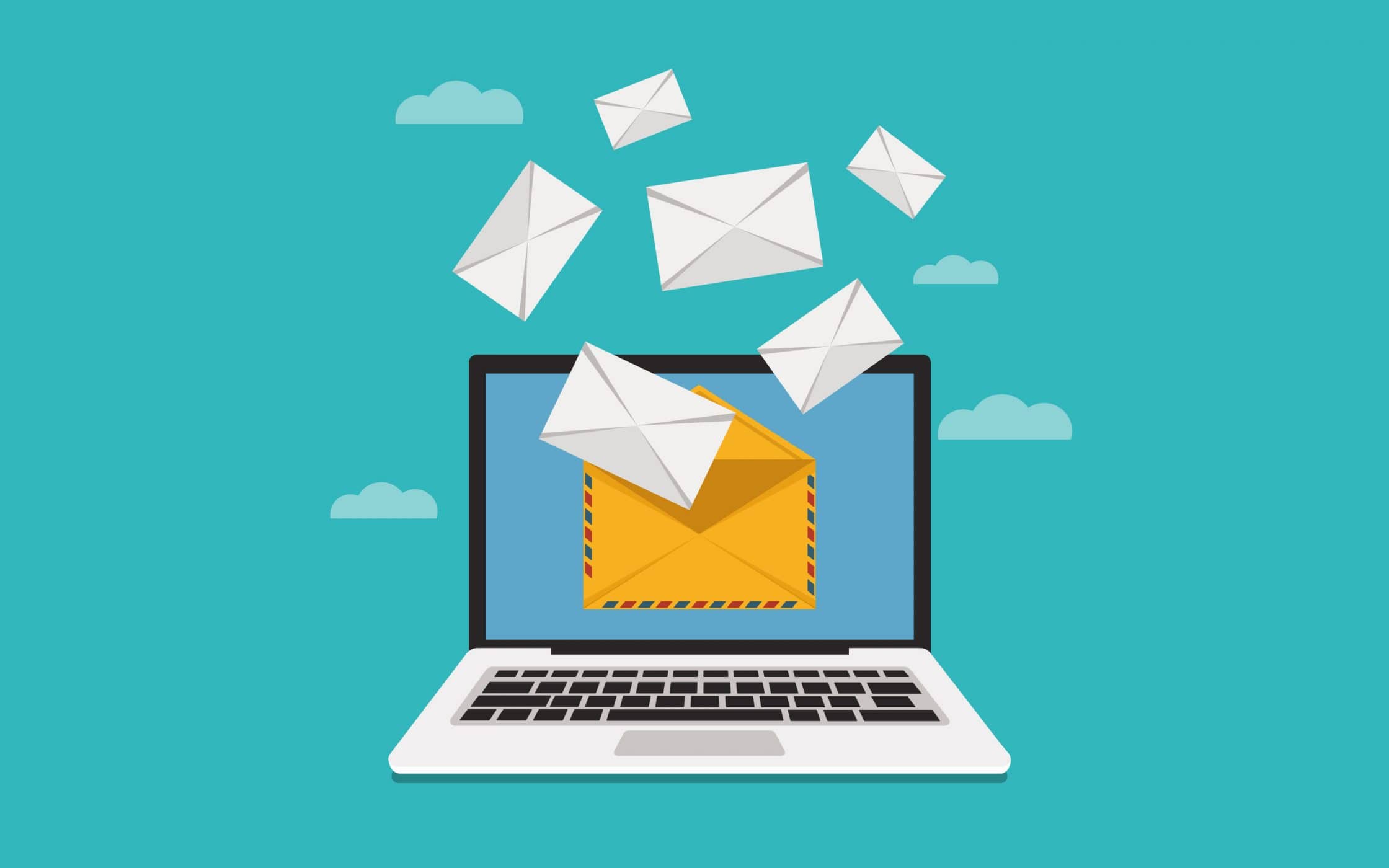Behavioural marketing: How to encourage beneficial behaviour

Behavioural marketing is changing the way consumers and brands interact online. Now that 30% of all internet users are set to rely on ad blockers by the end of 2019, brands need to understand what drives their clients to make purchasing decisions if they want to improve their chances of a sale.
With behavioural marketing, companies use all the information they can find about their target customer to create user profiles that guide the marketing and promotional decisions they make. Behavioural marketing techniques look at what customers do online, how they react to content, and how they behave on different devices and platforms – and uses that information as a compass for brands.
Unlike direct marketing or traditional advertising campaigns, where teams send the same message to every client, no matter their background, behavioural marketing uses information about clients to ensure that they’re sending the right content, to the right people. Mostly, it’s about forgetting the “spray and pray” approach to marketing and replacing it with a more refined strategy.
As clients continue to expect more incredible experiences from their favourite companies, leading marketers are using behavioural marketing campaigns to inform everything they do. Whether you’re interested in video advertising or brand strategy, it pays to know a thing or two about behavioural marketing.
Fortunately, the team at Fabrik is here to give you your complete introduction.
Advertising 101: Your behavioural marketing definition
Behavioural marketing is a highly focused form of advertising, based on things like industry research and user personas. Rather than just throwing a selection of advertisements at a range of customers and hoping that the message sticks, the best behavioural marketing communications access all the available information, including browsing and search history, consumer cookies and more, and use it to supplement the profiles you have for your audience. The more data you have, the easier it is to create a message that speaks to your target audience.
The longer you keep your behavioural marketing techniques running, the more effective they become. As your consumer visits more pages, lingers on certain products and browses through blog posts, the more targeted and precise your messages can become. Often, behavioural marketing profiles are constructed based on data like:
- Social network usage.
- Purchasing history.
- Login details.
- The IP address (geographical location).
- Cookies and browsing history.
- Website analytics.
With a behavioural marketing definition to guide your business, you can collect, analyse, and use crucial information that essentially boosts your promotional strategy ROI, and improves business relationships.
Every profile you build with your behavioural marketing techniques is a digital representation of how people have interacted with your business, including which actions they took when they were on your website, how they engaged with emails, and so on. By gathering this data, you can see a comprehensive overview of the customer journey, which empowers you with the ability to create custom experience reflective of each person’s individual preferences. This is often far more effective at building brand affinity than a one-size-fits-all approach.
Studies show that businesses delivering personalised experiences to their customers benefit from better revenue and loyalty. You can even use the data you gather from your behavioural marketing communications to decode the future intentions of your customers and automate some of your marketing campaigns. For instance, if you know that your customers will want a follow-up email after they’ve ordered a product, you can set your campaigns to send emails when a purchase is made.
Behavioural marketing reduces the friction points on the path to conversions and delivers better one-to-one communication based on genuine customer intention.

The benefits of behavioural marketing communications
To some extent, the benefits of behavioural marketing communications are obvious. The ability to analyse your visitor’s online behaviour and understand their motivation means that you can be far more proactive when it comes to increasing revenue. With behavioural marketing as part of your marketing mix, you have a complete map of the customer journey that you can use to guide people towards the process of conversion.
For example, if you know that the first time a visitor comes to your website, they’ll want to learn more about your company, you can create a pop-up or overlay for your site that gives new IP addresses a basic introduction into your business and your brand values.
If you know that repeat customers just want to be able to make a purchase as quickly as possible, you can provide them with a quick log-in process, and a list of their most recent orders, so they can buy the products they need with a couple of clicks. Ultimately, the most significant benefits of behavioural marketing communications include:
- Relevancy: Behavioural marketing campaigns are more relevant to the user that you’re trying to connect with. If you can create more relevant, personalised experiences for your audience, then you’ll build a more positive relationship, because your audience won’t feel like they’re being spammed with useless information.
- Efficiency: You know you’re spending money on the ads that have a real impact for your target audience. With behavioural marketing trends guiding your promotional decisions, you’re not wasting any time or money on campaigns that aren’t going to resonate with your audience or deliver a positive response.
- Increased ROI: Happier customers lead to more purchases. When you waste less money on poorly targeted ads and connect with people who are ready to buy, you discover more opportunities to cross-sell, up-sell, and generate repeat sales.
A behavioural marketing strategy also provides you with a centralised database of consumer information that you can use to automate your digital marketing campaigns, feed artificial intelligence strategies like chatbots, and more. You can even use the information you gather to get a better understanding of your real target audience.

Examples of amazing behavioural marketing campaigns
Used correctly, behavioural marketing campaigns are a fantastic way to captivate your target audience. What would you rather have when you visit a website? A random pop-up getting in the way of your browsing experience, or an ad that showcases explicitly the product you came looking for in the first place?
Anyone familiar with Amazon will know what basic behavioural marketing communications look like. Amazon recommends future purchases based on products you’ve bought in the past. Here are just some of the way that you can use behavioural marketing techniques in your upcoming campaigns, based on successful examples.
1. Increase sales with retargeting campaigns
If you run an eCommerce company, you’ll know how common it is for people to leave products sitting in their carts, tantalisingly close to conversion. The typical shopping cart abandonment rate online can reach up to 80%. By gathering user information with behavioural marketing techniques, and using retargeting strategies, you can encourage people to come back to your website and make that all-important purchase.
Retargeting is a behavioural marketing strategy that reminds anyone who nearly buys something from your website that they have something waiting in their cart. According to some statistics, retargeting emails have an average open rate of around 60%. Just look at this Kate Spade email, for example, reminding a customer that they have a dress waiting in their cart.

These emails aim to remind your audience of everything that tempted them to buy in the first place and alleviate any fears they might have. In this case, Kate Spade reminds the recipient that shipping and returns are free!
2. Improve consumer relationships with personalised content
Any audience is bound to feel irritated if companies are constantly sending them irrelevant content. If you want to see a rise in your content marketing metrics and make the most out of your behavioural marketing techniques, then you’ll need to personalise your content. With the information you’ve collected about your target audience, you can begin to create campaigns that you know your subscribers genuinely want to see.
According to a study by Forrester, when retailers add personalised content to their event-triggered marketing campaigns, they see an increase in ROI of up to 667%. The good news is that there are plenty of ways to personalise content, whether you’re creating dynamic display advertisements, sending custom emails, or designing pop-ups. Just some of the characteristics you can customise with include:
- Past purchase details.
- Subscriber location.
- Subscriber income level.
- Gender.
- Age group.
- Average order value.
- Place the person came from (social media or email link).

For example, this ad from Expedia targets last-minute shoppers, who might be looking for a good deal on immediate travel.
3. Improve sales with suggested products
The suggested products behavioural marketing techniques made famous by Amazon are one of the most common ways to use customer information. Around 74% of customers say that they feel frustrated when they see marketing content that falls outside of their interests. By focusing on the needs of individual shoppers, companies can engage their audiences, and improve their chances of more significant sales.

Today, the use of technologies like artificial intelligence and machine learning make it increasingly easy to use behavioural marketing trends to trigger campaigns based on the previous behaviour of a shopper. JD Sports used personalised product recommendations on their sites to see if it led to increased profits.
The sports retailer found that they achieved a 10% increase in conversion rates when the recommendations they gave were personalised to the needs of the shopper.
Tips for stronger behavioural marketing techniques
By 2020, experience will officially overtake product and price as the key differentiator for modern brands. In a world where consumers demand more than ever from brands, behavioural marketing represents a fundamental part of any successful marketing strategy. When used correctly, this marketing technique can reveal important truths about your consumers, and what you need to do to connect with them.
Additionally, behavioural marketing trends can show you when your customers leave the sales cycle, and what might have caused them to abandon a sale. With a better understanding of user behaviour, any company can become more competitive. Here are a few tips to take your behavioural marketing techniques to the next level.
1. Make sure you’re collecting the right data
Behavioural marketing campaigns thrive on data. There are plenty of places that you can get the correct information from, including your company’s customer relationship management software, external sources like Google Analytics, and more. Making sure that you’re collecting the right data improves your chances of digital success. Here are some of the most common behaviours to consider:
- Previous purchases: The past purchases of your customers help you to see which products they like best, what they need from your brand, and which discounts or recommendations they’ll respond to positively.
- Device usage: If certain customers always come to your website from a smartphone instead of a web browser, then you can adapt your marketing to ensure that it shows up better on smaller screens.
- IP address and location: When you create ads based on the location of a user, you can give them more geographically-relevant promotions. For instance, you could trigger an email to send when their GPS registers them as being close to a brick and mortar store.
2. Create segments
Once you’ve decided what kind of information you need to collect about your target audience, you can use that data to separate your customers into specific segments. Segmenting your audience based on their behaviour, preferences, and interests is a great way to improve your chances of conversions, by making sure that everyone gets the right content. For instance:
- Encourage first-time visitors to buy with an instant “new customer” discount.
- Show visitors from overseas that you’re willing to give them free shipping when they spend a certain amount.
- Prove that you appreciate your customer’s loyalty by giving customers who purchased something a month ago a “return consumer” discount.
Remember to track the performance of your behavioural marketing techniques with each segmented audience. This will make it easier to figure out which campaigns your people respond best to, and which you should repeat in the future.

3. Focus on personalising the customer journey
As mentioned above, today’s customers have come to expect personalised experiences from brands. If you promise your audience a fantastic interaction with your company, make sure that you’re ready to deliver. For instance, if you know that your customer came to you from an ad on Facebook, give them the option to share an announcement about their recent purchase on Facebook with the click of a button.
If you know that many of your customers avoid making a purchase when they come from overseas because they’re worried about the cost of shipping, make sure that your international customers have access to a shipping discount to help them to start buying.
The Aberdeen Group found that companies with skills in personalisation achieved an up to 36% higher rate of conversion and a 21% stronger lead acceptance rate.
4. Use behavioural marketing to find new customers
Finally, remember that behavioural marketing communications aren’t just there to improve the interactions you have with your existing audience. Though behavioural marketing can make your current promotional strategies more effective, they can also be incredible useful when it comes to tracking down new customers too!
For instance, if you know that your customers come to you because they love your quick checkout process and prefer it to your competitors, you can draw attention to your checkout during the advertising process. You can also track the behaviour of your customers, and see if they’re interested in any related products, then specifically target people who are shopping for those related products. For example, a company selling cookies might also target audience members who recently bought a bottle of milk.
The more you track and learn from your behavioural marketing trends, the easier it will be to create advertising strategies that work for your brand.

Behavioural marketing trends for 2019
You don’t have to be a psychologist to succeed in marketing – but it helps.
Successful marketers often use behavioural strategies and psychology to appeal to consumers. As consumer activities continue to change, it’s worth making sure that you’re aware of the behavioural marketing trends in your industry.
Here are a few things to be aware of as we go into 2019.
1. More analytics means better data
In the past, most companies have focused on sales and the number of people that visit their brick-and-mortar stores to support their behavioural marketing campaigns. However, as eCommerce companies have developed, advancements in technology have made it easier to track the number of visitors that come to your site, along with additional information like their location, purchasing habits, and where they came from.
Adding an advanced IT analytics strategy to your behavioural marketing techniques is a great way to ensure that you have the right information to guide your promotional decisions. Many organisations hire a behavioural marketing agency to track crucial data on their behalf.
2. Personalisation and customisation are key
As mentioned above, many consumers are beginning to take steps to ignore the niche marketing messages that come their way online. Solutions like ad-blockers make it easy to ignore pop-ups and display ads. However, it’s much harder to ignore an ad that seems as though it’s been explicitly designed for you.
In the years ahead, customisation and personalisation will be crucial to driving effective marketing campaigns – particularly in the behavioural marketing sector. With the information you gather about your target audience, focus on creating an experience that’s as specific as possible to the customer you’re trying to connect with. The result should be happier clients and increased brand loyalty.
3. Companies will eliminate disruptive marketing
Finally, in the years ahead, companies will continue to realise that great marketing isn’t just about sharing the same message with your customer until they’re convinced to buy. Exceptional viral content and marketing campaigns aren’t useful because they’re repetitive or annoying – they work because they speak to the customer on a deeper level.
Behavioural marketing strategies need to be carefully planned to be effective. For example, a burn pixel that un-tags people from an advertisement after they’ve already made a purchase is a great way to make sure that you’re not wasting cash on people that have already converted or annoying them with irrelevant content.
Focus on getting rid of disruptive and annoying marketing campaigns that pull your customers out of their organic browsing experiences and replacing that content with something that’s valuable and entertaining. Remember that behavioural marketing still needs to follow the basic rules for advertising to be effective. That means that content needs to be relevant, engaging and entertaining.

Time to work with a behavioural marketing agency?
Behavioural marketing is an incredible addition to any marketing strategy. By focusing on the activities of your customers and leads, you can create more relevant marketing campaigns that encourage the right people to make repeat purchases.
Now that this guide has given you some great examples of behavioural marketing, along with a range of tips and tricks you can use to enhance your campaigns, the next step is to contact a behavioural marketing agency and start creating your own campaign. Plan based on what you want to accomplish with your future marketing strategy, then try out some different campaign ideas to see how your customers respond.
You may be surprised just how much money you save, and how much loyalty you gain by paying attention to behavioural patterns as part of your marketing strategy. The more you know about your audience and their buyer journey, the easier it is to guide them towards conversions.
If you enjoyed this article, you might enjoy these too:
— Finding your niche and how to be specific
— Sonic branding: A sound strategy for growth











